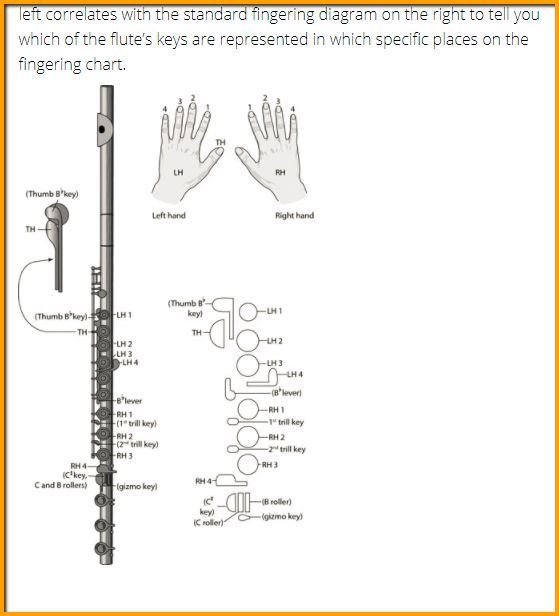Finger diagram. Comprehensive Guide to Hand Anatomy: Structure, Function, and Intricate Details
What are the main components of hand anatomy. How do the bones, muscles, and tendons work together in the hand. Which structures enable fine motor control and dexterity in the human hand. What is the anatomy and function of each finger.
The Skeletal Framework of the Hand
The human hand is a marvel of anatomical engineering, comprising a complex network of bones, joints, muscles, tendons, ligaments, nerves, and blood vessels. At its core lies the skeletal framework, which provides the foundation for the hand’s remarkable dexterity and strength.
Bones of the Hand
The hand contains 27 bones, divided into three main groups:
- Carpals: 8 small bones forming the wrist
- Metacarpals: 5 long bones of the palm
- Phalanges: 14 bones forming the fingers (3 in each finger, 2 in the thumb)
How do these bones articulate to allow hand movement? The carpals form two rows that connect to the radius and ulna of the forearm. The metacarpals extend from the carpals to form the palm, while the phalanges create the fingers and thumb. This intricate arrangement enables a wide range of motions, from powerful grips to delicate manipulations.
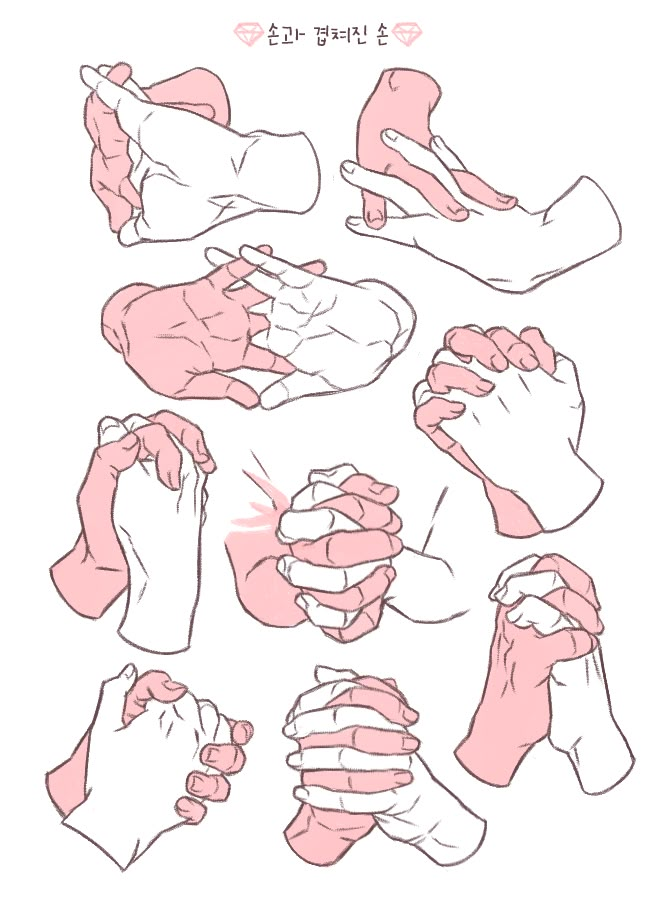
Joints of the Hand
The hand’s flexibility stems from its numerous joints. Key joints include:
- Carpometacarpal (CMC) joints: Connect carpals to metacarpals
- Metacarpophalangeal (MCP) joints: Connect metacarpals to proximal phalanges
- Interphalangeal (IP) joints: Connect phalanges within each finger
These joints allow for various movements, including flexion, extension, abduction, adduction, and circumduction. The thumb’s unique saddle-shaped CMC joint enables its opposable nature, a crucial feature for human dexterity.
Muscular System of the Hand
The hand’s muscular system is divided into two main groups: extrinsic and intrinsic muscles. This division allows for both powerful movements and fine motor control.
Extrinsic Muscles
Extrinsic muscles originate in the forearm and extend into the hand via long tendons. They are responsible for gross motor movements and can be categorized as:
- Flexors: Enable gripping and finger curling
- Extensors: Allow for finger straightening and hand opening
Key extrinsic muscles include the flexor digitorum profundus, flexor digitorum superficialis, and extensor digitorum. How do these muscles work together? When you make a fist, flexors contract while extensors relax. The opposite occurs when you open your hand.
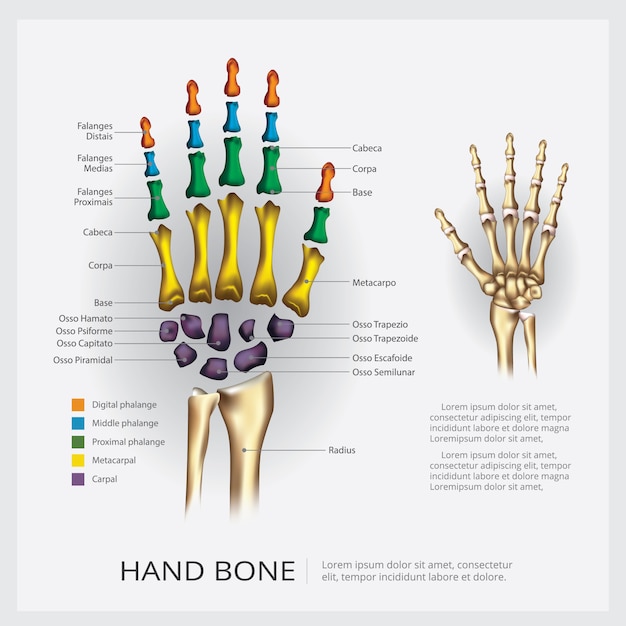
Intrinsic Muscles
Intrinsic muscles originate and insert within the hand itself. They facilitate fine motor skills and precise finger movements. Important intrinsic muscle groups include:
- Thenar muscles: Control thumb movement
- Hypothenar muscles: Manage little finger actions
- Interossei: Enable finger spreading and adduction
- Lumbricals: Assist in finger flexion and extension
These muscles work in harmony to produce the hand’s remarkable range of motions, from playing a musical instrument to performing delicate surgical procedures.
Tendons and Ligaments: The Hand’s Support System
Tendons and ligaments play crucial roles in hand function, providing both flexibility and stability.
Tendons of the Hand
Tendons are tough, fibrous tissues that connect muscles to bones. In the hand, they transmit force from the muscles to enable movement. Key tendon groups include:
- Flexor tendons: Run along the palm side of the hand
- Extensor tendons: Located on the back of the hand
These tendons pass through tendon sheaths, which reduce friction and provide nutrition. Why are tendon injuries so problematic? Damage to these structures can significantly impair hand function and often requires surgical intervention for optimal recovery.
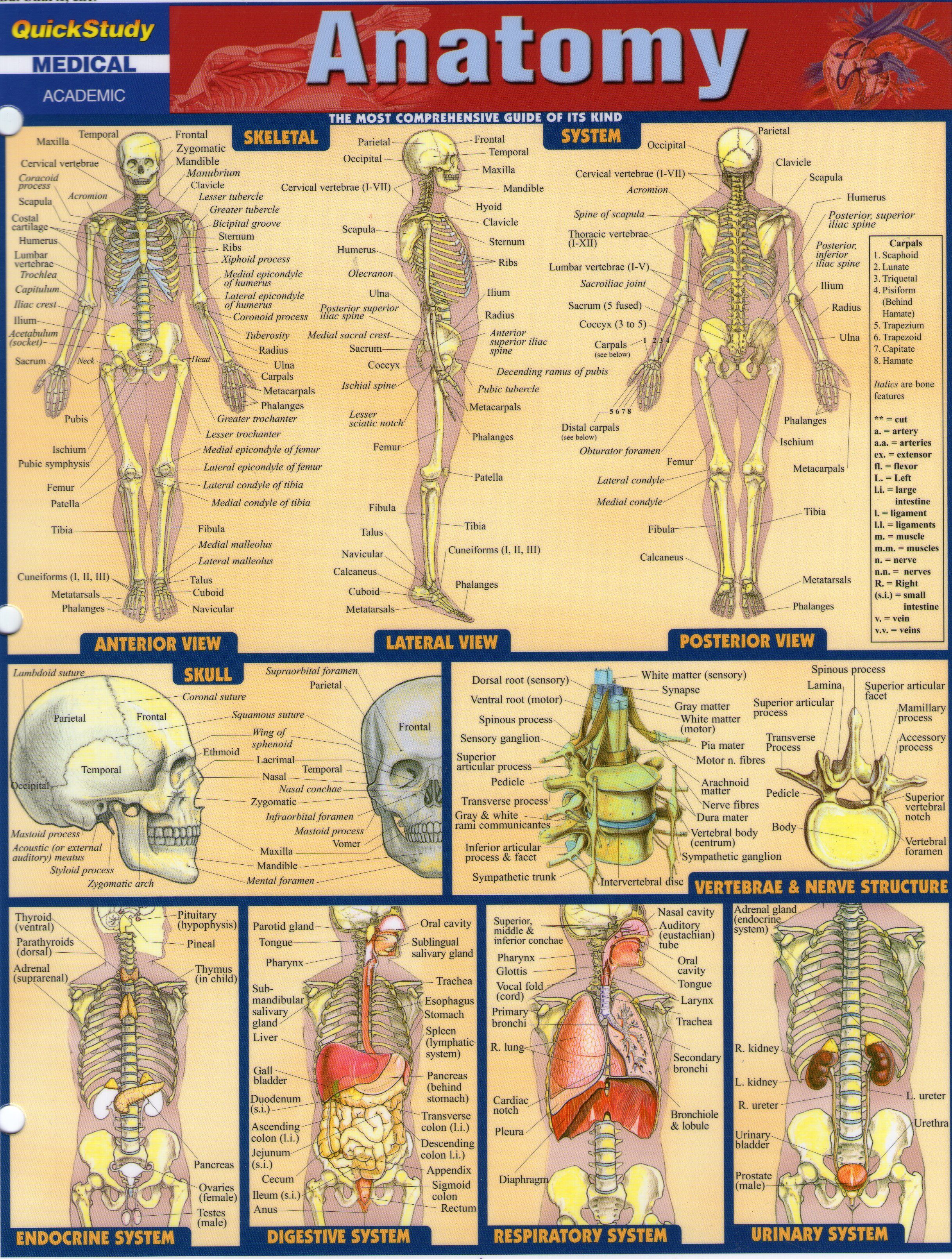
Ligaments of the Hand
Ligaments are strong, elastic bands of tissue that connect bones to other bones, providing stability to joints. Important hand ligaments include:
- Collateral ligaments: Stabilize the sides of finger joints
- Volar plate: Prevents hyperextension of finger joints
- Transverse carpal ligament: Forms the roof of the carpal tunnel
These ligaments work together to maintain joint integrity while allowing for a full range of motion. How do ligaments contribute to hand stability? They act like guide wires, limiting excessive movement in certain directions while permitting normal joint function.
Neurovascular Supply: Powering Hand Function
The hand’s complex operations rely on an intricate network of nerves and blood vessels, ensuring proper sensation, movement, and tissue health.
Nerve Supply to the Hand
Three main nerves innervate the hand, each responsible for specific areas and functions:
- Median nerve: Supplies the thumb, index, middle, and half of the ring finger
- Ulnar nerve: Innervates the little finger and half of the ring finger
- Radial nerve: Provides sensation to the back of the hand
These nerves transmit both sensory and motor signals, enabling tactile sensation and muscle control. How does nerve damage affect hand function? Injuries to these nerves can result in numbness, weakness, or even paralysis in the affected areas.
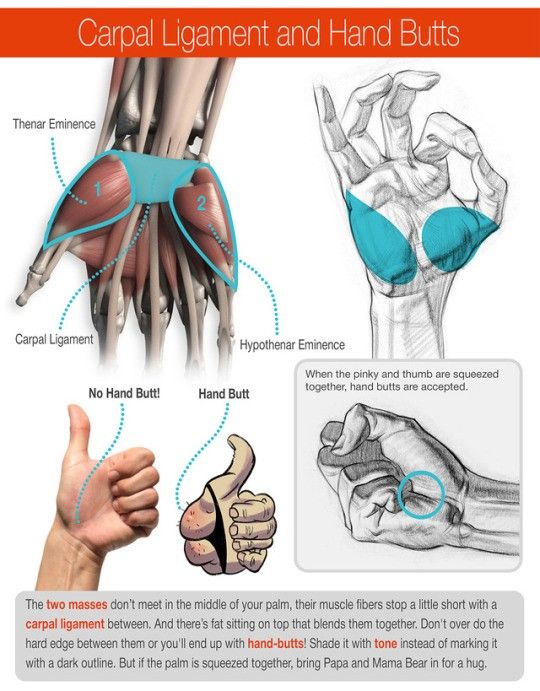
Blood Supply to the Hand
The hand receives its blood supply primarily from two arteries:
- Radial artery: Supplies the thumb side of the hand
- Ulnar artery: Nourishes the little finger side
These arteries form two arches in the palm: the superficial and deep palmar arches. This dual-arch system ensures adequate blood flow even if one artery is compromised. Why is this redundancy important? It helps maintain hand function and tissue viability in case of injury or disease affecting one of the main arteries.
Specialized Structures: Enhancing Hand Functionality
The hand contains several specialized structures that contribute to its unique capabilities and protection.
Fingernails
Fingernails are more than just cosmetic features. They serve several important functions:
- Protecting the sensitive fingertips
- Enhancing fine touch sensation
- Improving the ability to manipulate small objects
Composed of keratin, fingernails grow from the nail matrix at the base of the nail plate. How fast do fingernails grow? On average, fingernails grow about 3.5 mm per month, taking about 6 months to regrow completely.
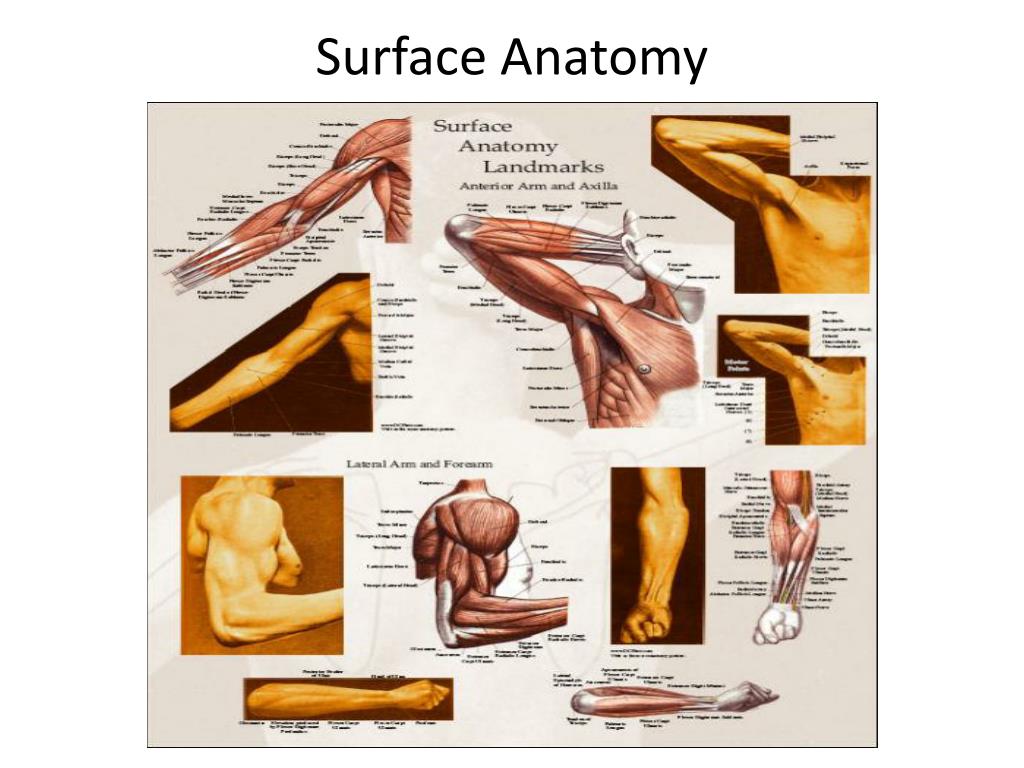
Pulp and Fingerprints
The fingertip pulp is a specialized pad of fatty tissue beneath the skin that enhances tactile sensitivity. This area is covered with unique patterns of ridges and valleys known as fingerprints. Fingerprints serve several purposes:
- Improving grip by increasing friction
- Enhancing tactile sensation
- Providing a unique identifier for each individual
Why are fingerprints so unique? They are formed during fetal development and are influenced by both genetic and environmental factors, resulting in patterns that are distinct even among identical twins.
Functional Anatomy of Individual Fingers
Each finger of the hand has unique characteristics and functions, contributing to the overall versatility of this remarkable appendage.
Thumb
The thumb is arguably the most important digit, setting humans apart from most other species. Its key features include:
- Opposable nature, allowing it to touch all other fingertips
- Two phalanges instead of three
- Saddle-shaped CMC joint for increased mobility
The thumb’s unique anatomy enables precise pinching and gripping actions essential for tool use and fine manipulation. How much of hand function depends on the thumb? It’s estimated that the thumb accounts for about 40% of hand function.
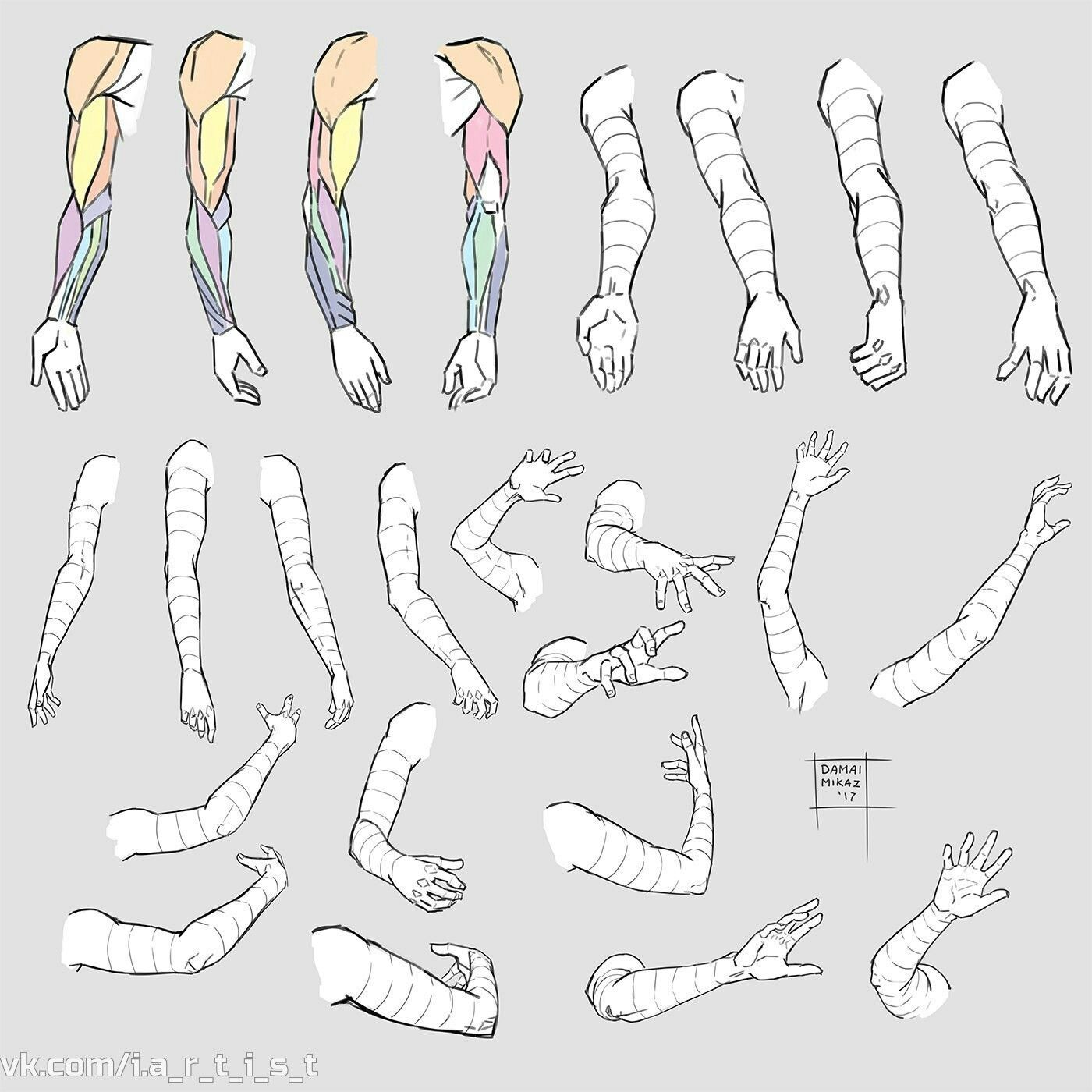
Index Finger
The index finger, also known as the forefinger, is crucial for pointing and precise movements. Its characteristics include:
- High degree of independent movement
- Rich nerve supply for enhanced sensitivity
- Often the most dexterous finger after the thumb
The index finger’s anatomy makes it ideal for tasks requiring accuracy, such as typing or triggering mechanisms. Why is the index finger often called the “pointer” finger? Its ability to extend independently while the other fingers flex makes it naturally suited for pointing gestures.
Middle Finger
The middle finger is the longest and often the strongest digit. Its features include:
- Central position providing balance to hand actions
- Longer metacarpal bone compared to other fingers
- Important role in power grips
The middle finger’s length and strength make it valuable for tasks requiring reach or force. How does the middle finger contribute to hand stability? Its central position and length provide a fulcrum for many hand movements, enhancing overall hand function.
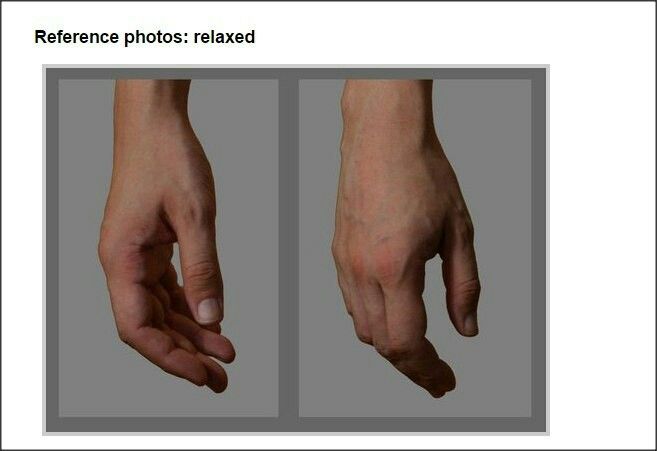
Ring Finger
The ring finger, named for its traditional role in wearing rings, has some unique anatomical features:
- Limited independent extension due to tendon connections
- Shared muscle action with the middle finger
- Important for grip strength and stability
Despite its limited independence, the ring finger plays a crucial role in many hand actions. Why can’t most people raise their ring finger independently? The extensor tendons of the ring finger are often connected to those of the middle and little fingers, limiting its individual movement.
Little Finger (Pinky)
The little finger, or pinky, is the smallest digit but contributes significantly to hand function:
- Essential for power grips and ulnar-sided hand actions
- Has its own set of muscles (hypothenar muscles)
- Plays a role in hand arch formation
The pinky’s importance is often underestimated. How much does the little finger contribute to overall grip strength? Studies suggest that the pinky provides about 50% of hand strength, particularly in power grip actions.
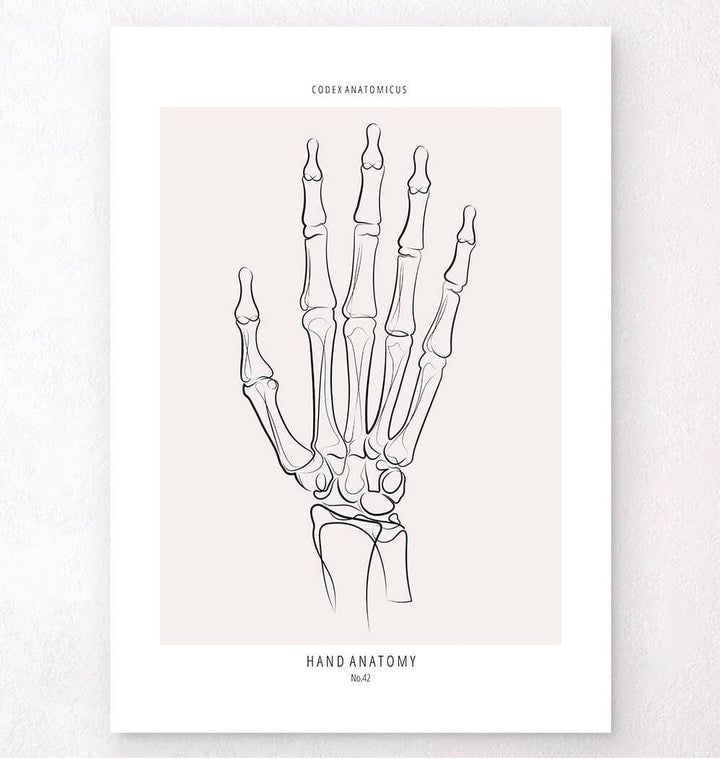
Hand Biomechanics and Functional Movements
Understanding hand biomechanics is crucial for appreciating the complexity of hand function and for addressing hand-related issues in medical and ergonomic contexts.
Types of Grip
The human hand is capable of various grip patterns, generally categorized into power grips and precision grips:
- Power Grips:
- Cylindrical grip (e.g., holding a glass)
- Spherical grip (e.g., grasping a ball)
- Hook grip (e.g., carrying a briefcase)
- Precision Grips:
- Tip pinch (e.g., picking up a small bead)
- Palmar pinch (e.g., holding a key)
- Lateral pinch (e.g., turning a key in a lock)
How do these different grips engage various hand structures? Power grips primarily involve the long flexor muscles and are used for strength-intensive tasks. Precision grips rely more on intrinsic hand muscles and are used for tasks requiring fine control.
Range of Motion
The hand’s range of motion is impressive, allowing for complex movements. Key motions include:
- Flexion and extension of fingers and wrist
- Abduction and adduction of fingers
- Opposition of the thumb
- Circumduction of the thumb
These movements are facilitated by the intricate interplay of joints, muscles, and tendons. What factors can affect hand range of motion? Age, injury, arthritis, and certain medical conditions can all impact the hand’s mobility and function.
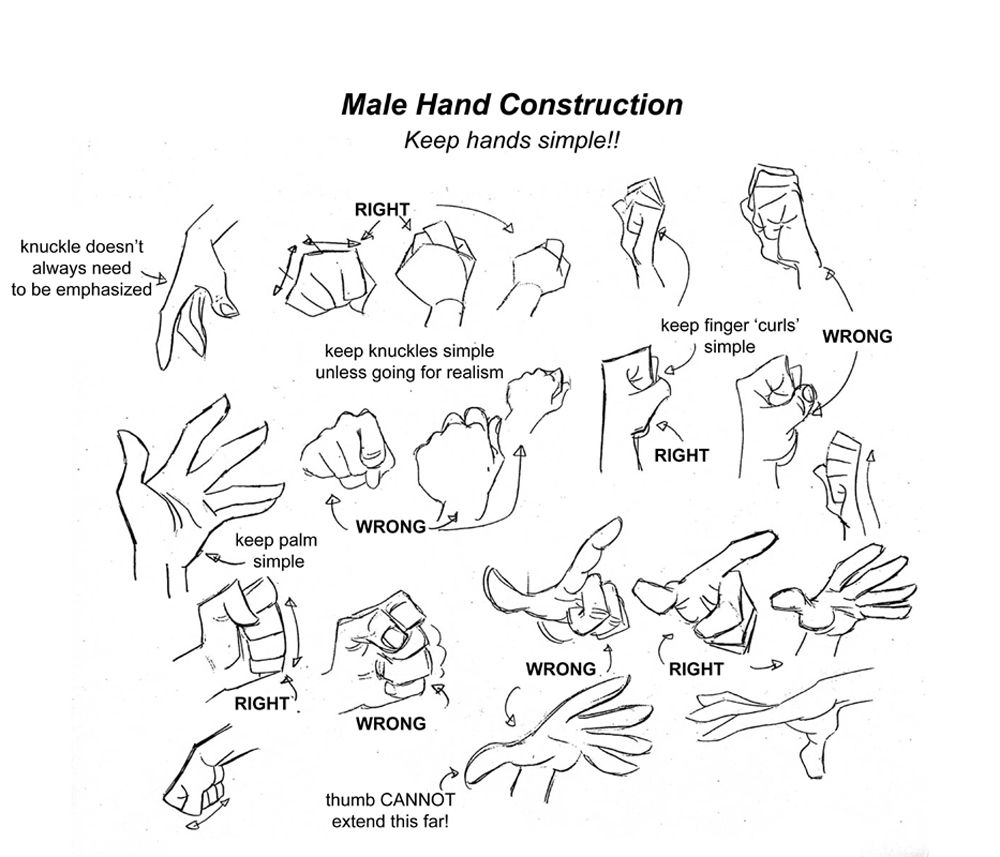
Force Generation
The hand is capable of generating significant force, particularly in gripping actions. Force generation depends on several factors:
- Muscle strength and conditioning
- Joint integrity
- Neuromuscular coordination
- Hand size and proportions
How much force can a typical hand generate? Average grip strength varies by age and gender, but adult males can typically generate 100-140 pounds of force, while females average 60-80 pounds.
Pinky Finger Anatomy, Function & Diagram
Pinky Finger Anatomy, Function & Diagram | Body Maps
- Health Conditions
- Featured
- Breast Cancer
- IBD
- Migraine
- Multiple Sclerosis (MS)
- Rheumatoid Arthritis
- Type 2 Diabetes
- Articles
- Acid Reflux
- ADHD
- Allergies
- Alzheimer’s & Dementia
- Bipolar Disorder
- Cancer
- Crohn’s Disease
- Chronic Pain
- Cold & Flu
- COPD
- Depression
- Fibromyalgia
- Heart Disease
- High Cholesterol
- HIV
- Hypertension
- IPF
- Osteoarthritis
- Psoriasis
- Skin Disorders and Care
- STDs
- Featured
- Discover
- Wellness Topics
- Nutrition
- Fitness
- Skin Care
- Sexual Health
- Women’s Health
- Mental Well-Being
- Sleep
- Product Reviews
- Vitamins & Supplements
- Sleep
- Mental Health
- Nutrition
- At-Home Testing
- CBD
- Men’s Health
- Original Series
- Fresh Food Fast
- Diagnosis Diaries
- You’re Not Alone
- Present Tense
- Video Series
- Youth in Focus
- Healthy Harvest
- No More Silence
- Future of Health
- Wellness Topics
- Plan
- Health Challenges
- Mindful Eating
- Sugar Savvy
- Move Your Body
- Gut Health
- Mood Foods
- Align Your Spine
- Find Care
- Primary Care
- Mental Health
- OB-GYN
- Dermatologists
- Neurologists
- Cardiologists
- Orthopedists
- Lifestyle Quizzes
- Weight Management
- Am I Depressed? A Quiz for Teens
- Are You a Workaholic?
- How Well Do You Sleep?
- Tools & Resources
- Health News
- Find a Diet
- Find Healthy Snacks
- Drugs A-Z
- Health A-Z
- Health Challenges
- Connect
- Breast Cancer
- Inflammatory Bowel Disease
- Psoriatic Arthritis
- Migraine
- Multiple Sclerosis
- Psoriasis
Medically reviewed by the Healthline Medical Network — By The Healthline Editorial Team on January 20, 2018
The pinky finger is the fifth digit of the hand and is the least often utilized of the five fingers. As the smallest digit, the pinky is located next to the ring finger. In comparison to other fingers, the pinky possesses the most diminished range of motion. The finger is controlled by a group of muscles that includes the fourth lumbrical and the extensor digiti minimi. In addition, the muscles of the hypothenar eminence assist the pinky. Those muscles include the abductor minimi digiti, the opponens digiti minimi, and the flexor digiti minimi. These muscles are supplied with oxygenated blood by the ulnar artery. They are innervated by the ulnar nerve. The little finger’s bones consist of the three types of phalanges. The pinky finger contains a proximal phalange jointed to a metacarpal. The proximal is jointed to the middle phalanx. At the tip of the pinky finger is the distal phalanx. This bone also provides the skeletal support for the pinky’s fingernail, as well as the sensitive mass of tissue making up the fingertip.
As the smallest digit, the pinky is located next to the ring finger. In comparison to other fingers, the pinky possesses the most diminished range of motion. The finger is controlled by a group of muscles that includes the fourth lumbrical and the extensor digiti minimi. In addition, the muscles of the hypothenar eminence assist the pinky. Those muscles include the abductor minimi digiti, the opponens digiti minimi, and the flexor digiti minimi. These muscles are supplied with oxygenated blood by the ulnar artery. They are innervated by the ulnar nerve. The little finger’s bones consist of the three types of phalanges. The pinky finger contains a proximal phalange jointed to a metacarpal. The proximal is jointed to the middle phalanx. At the tip of the pinky finger is the distal phalanx. This bone also provides the skeletal support for the pinky’s fingernail, as well as the sensitive mass of tissue making up the fingertip.
Last medically reviewed on January 20, 2018
Share this article
Medically reviewed by the Healthline Medical Network — By The Healthline Editorial Team on January 20, 2018
Read this next
- Thumb
Medically reviewed by the Healthline Medical Network
The thumb is the first of the hand’s five digits, but it is typically not referred to as a finger.
 The thumb possesses a unique and wide range of…
The thumb possesses a unique and wide range of…READ MORE
- Epiglottis
Medically reviewed by the Healthline Medical Network
The epiglottis is a leaf-shaped flap of cartilage located behind the tongue, at the top of the larynx, or voice box. The main function of the…
READ MORE
- Arm
Medically reviewed by William Morrison, M.D.
The arm is one of the body’s most complex and frequently used structures. We’ll go over the bones, joints, muscles, nerves, and blood vessels that…
READ MORE
- Digestive
Medically reviewed by the Healthline Medical Network
The human digestive system is the means by which tissues and organs receive nutrients to function. The system breaks down food, extracts nutrients…
READ MORE
- Female Pelvis Overview
Medically reviewed by Valinda Riggins Nwadike, MD, MPH
The female pelvis is slightly different from the male pelvis. We’ll go over the main differences and dive into the anatomy and function of the…
READ MORE
- Diaphragm Overview
Medically reviewed by Holly Ernst, PA-C
The diaphragm is an important muscle that helps you breathe in and out.
 We’ll go over its different openings and functions before exploring the…
We’ll go over its different openings and functions before exploring the…READ MORE
- Leg Anatomy
Medically reviewed by William Morrison, M.D.
Your legs are two of your most important body parts. They allow you to move and provide support for your upper body. We’ll break down the anatomy and…
READ MORE
- Spleen
Medically reviewed by the Healthline Medical Network
The spleen is the organ that is responsible for both the storage and purification of red blood cells. It is positioned in the left upper abdomen, and…
READ MORE
- Knee
Medically reviewed by the Healthline Medical Network
The knee is a complex joint that flexes, extends, and twists slightly from side to side. The knee is the meeting point of the femur (thigh bone) in…
READ MORE
- Organs and Inner Muscles
Medically reviewed by the Healthline Medical Network
The pelvic region holds major organs under its layers of muscles. Some of the most important include the major digestive organs, the intestines.
 The…
The…READ MORE
Hand Anatomy – eOrthopod.com
Introduction
Few structures of the human anatomy are as unique as the hand. The hand needs to be mobile in order to position the fingers and thumb. Adequate strength forms the basis for normal hand function. The hand also must be coordinated to perform fine motor tasks with precision. The structures that form and move the hand require proper alignment and control in order for normal hand function to occur.
In addition to reading this article, be sure to watch our Hand Anatomy Animated Tutorial Video.
This guide will help you understand
- what parts make up the hand
- how those parts work together
Important Structures
The important structures of the hand can be divided into several categories. These include
These include
- bones and joints
- ligaments and tendons
- muscles
- nerves
- blood vessels
The front, or palm-side, of the hand is referred to as the palmar side. The back of the hand is called the dorsal side.
Bones and Joints
There are 27 bones within the wrist and hand. The wrist itself contains eight small bones, called carpals. The carpals join with the two forearm bones, the radius and ulna, forming the wrist joint. Further into the palm, the carpals connect to the metacarpals. There are five metacarpals forming the palm of the hand. One metacarpal connects to each finger and thumb. Small bone shafts called phalanges line up to form each finger and thumb.
The main knuckle joints are formed by the connections of the phalanges to the metacarpals. These joints are called the metacarpophalangeal joints (MCP joints). The MCP joints work like a hinge when you bend and straighten your fingers and thumb.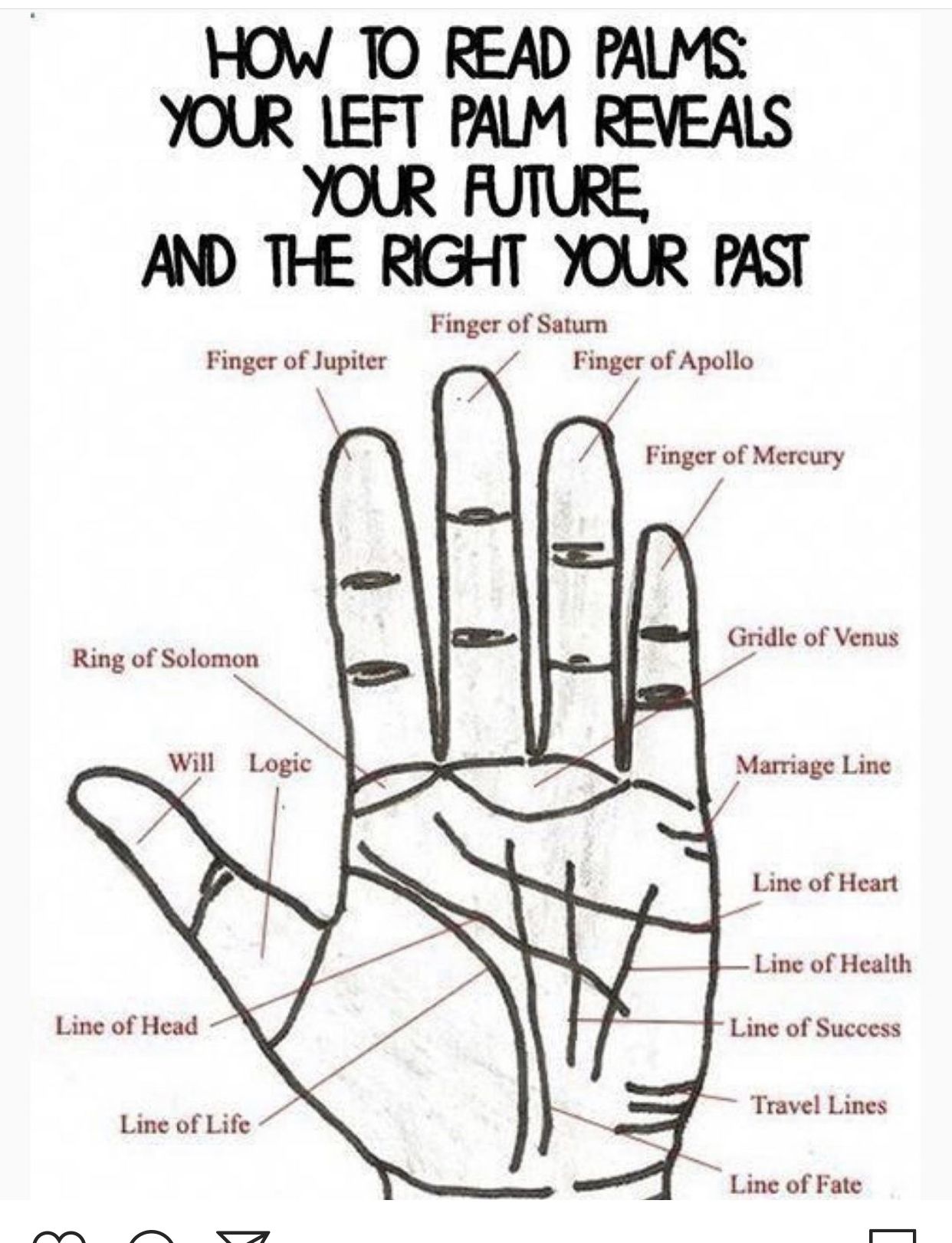
The three phalanges in each finger are separated by two joints, called interphalangeal joints (IP joints). The one closest to the MCP joint (knuckle) is called the proximal IP joint (PIP joint). The joint near the end of the finger is called the distal IP joint (DIP joint). The thumb only has one IP joint between the two thumb phalanges. The IP joints of the digits also work like hinges when you bend and straighten your fingers and thumb.
The joints of the hand, fingers, and thumb are covered on the ends with articular cartilage. This white, shiny material has a rubbery consistency. The function of articular cartilage is to absorb shock and provide an extremely smooth surface to
facilitate motion. There is articular cartilage essentially everywhere that two bony surfaces move against one another, or articulate.
Ligaments and Tendons
Ligaments are tough bands of tissue that connect bones together.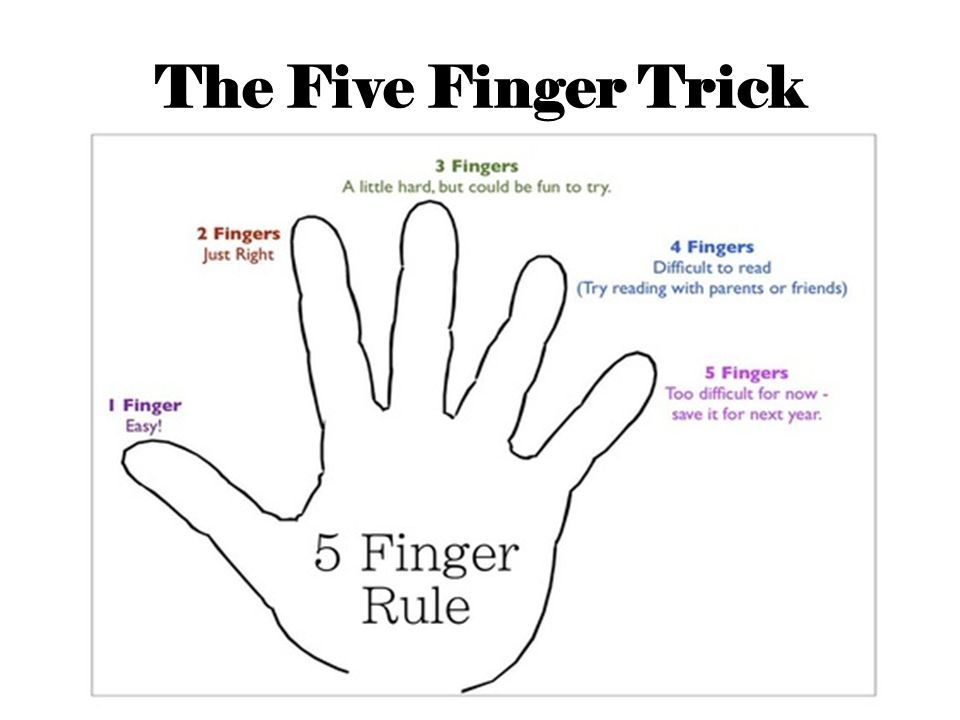 Two important structures, called collateral ligaments, are found on either side of each finger and thumb joint. The function of the collateral ligaments is to prevent abnormal sideways bending of each joint.
Two important structures, called collateral ligaments, are found on either side of each finger and thumb joint. The function of the collateral ligaments is to prevent abnormal sideways bending of each joint.
In the PIP joint (the middle joint between the main knuckle and the DIP joint), the strongest ligament is the volar plate. This ligament connects the proximal phalanx to the middle phalanx on the palm side of the joint. The ligament tightens as the joint is straightened and keeps the PIP joint from bending back too far (hyperextending). Finger deformities can occur when the volar plate loosens from disease or injury.
The tendons that allow each finger joint to straighten are called the extensor tendons. The extensor tendons of the fingers begin as muscles that arise from the backside of the forearm bones. These muscles travel towards the hand, where they eventually connect to the extensor tendons before crossing over the back of the wrist joint. As they travel into the fingers, the extensor tendons become the extensor hood. The extensor hood flattens out to cover the top of the finger and sends out branches on each side that connect to the bones in the middle and end of the finger.
As they travel into the fingers, the extensor tendons become the extensor hood. The extensor hood flattens out to cover the top of the finger and sends out branches on each side that connect to the bones in the middle and end of the finger.
The place where the extensor tendon attaches to the middle phalanx is called the central slip. When the extensor muscles contract, they tug on the extensor tendon and straighten the finger. Problems occur when the central slip is damaged, as can happen with a tear.
Muscles
Many of the muscles that control the hand start at the elbow or forearm. They run down the forearm and cross the wrist and hand. Some control only the bending or straightening of the wrist. Others influence motion of the fingers or thumb. Many of these muscles help position and hold the wrist and hand while the thumb and fingers grip or perform fine motor actions.
Most of the small muscles that work the thumb and pinky finger start on the carpal bones.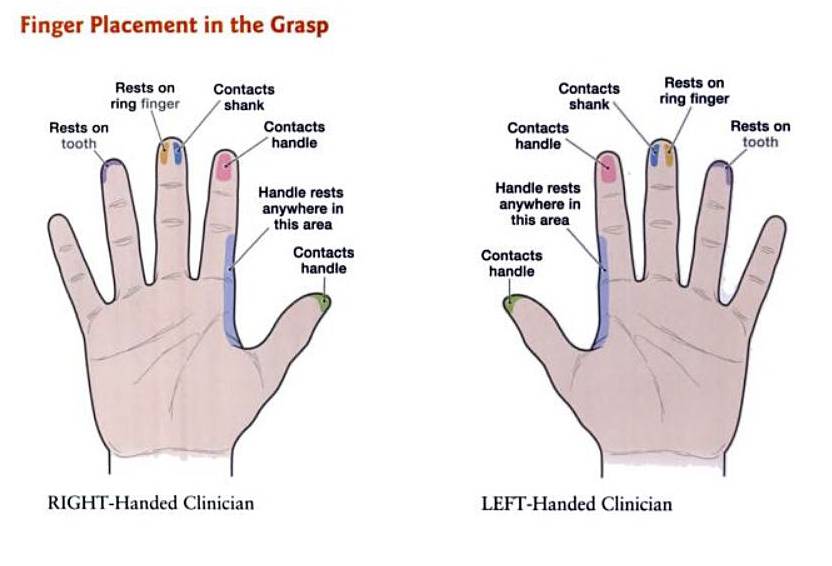 These muscles connect in ways that allow the hand to grip and hold. Two muscles allow the thumb to move across the palm of the hand, an important function called thumb opposition.
These muscles connect in ways that allow the hand to grip and hold. Two muscles allow the thumb to move across the palm of the hand, an important function called thumb opposition.
The smallest muscles that originate in the wrist and hand are called the intrinsic muscles. The intrinsic muscles guide the fine motions of the fingers by getting the fingers positioned and holding them steady during hand activities.
Nerves
All of the nerves that travel to the hand and fingers begin together at the shoulder: the radial nerve, the median nerve, and the ulnar nerve. These nerves carry signals from the brain to the muscles that move the arm, hand, fingers, and thumb. The nerves also carry signals back to the brain about sensations such as touch, pain, and temperature.
The radial nerve runs along the thumb-side edge of the forearm. It wraps around the end of the radius bone toward the back of the hand. It gives sensation to the back of the hand from the thumb to the third finger. It also supplies the back of the thumb and just beyond the main knuckle of the back surface of the ring and middle fingers.
It also supplies the back of the thumb and just beyond the main knuckle of the back surface of the ring and middle fingers.
The median nerve travels through a tunnel within the wrist called the carpal tunnel. This nerve gives sensation to the thumb, index finger, long finger, and half of the ring finger. It also sends a nerve branch to control the thenar muscles of the thumb. The thenar muscles help move the thumb and let you touch the pad of the thumb to the tips each of each finger on the same hand, a motion called opposition.
The ulnar nerve travels through a separate tunnel, called Guyon’s canal. This tunnel is formed by two carpal bones, the pisiform and hamate, and the ligament that connects them. After passing through the canal, the ulnar nerve branches out to supply feeling to the little finger and half the ring finger. Branches of this nerve also supply the small muscles in the palm and the muscle that pulls the thumb toward the palm.
The nerves that travel to the hand are subject to problems. Constant bending and straightening of the wrist and fingers can lead to irritation or pressure on the nerves within their tunnels and cause problems such as pain, numbness, and weakness in the hand, fingers, and thumb.
Blood Vessels
Traveling along with the nerves are the large vessels that supply the hand with blood. The largest artery is the radial artery that travels across the front of the wrist, closest to the thumb. The radial artery is where the pulse is taken in the wrist. The ulnar artery runs next to the ulnar nerve through Guyon’s canal (mentioned earlier). The ulnar and radial arteries arch together within the palm of the hand, supplying the front of the hand, fingers, and thumb. Other arteries travel across the back of the wrist to supply the back of the hand, fingers, and thumb.
Summary
The hand is formed of numerous structures that have an important role in normal hand function. Conditions that change the way these structures work can greatly impact whether the hand functions normally. When our hands are free of problems, it’s easy to take the complex anatomy of the hand for granted.
Conditions that change the way these structures work can greatly impact whether the hand functions normally. When our hands are free of problems, it’s easy to take the complex anatomy of the hand for granted.
Bar chart | Qlik Cloud Help
A bar chart can be used to compare multiple values. The dimension axis shows the category items to be compared, and the measure axis shows the values for each category item.
In the image, the measurement values are the different regions: Nordic countries, USA, Japan, UK, Spain and Germany. Each region represents a measurement value and has a corresponding bar. The height of the bar corresponds to the value of the measure (sales) for different regions.
Grouping or distributing bands into columns allows you to perform more complex data comparisons. To do this, you need to use two dimensions and one measure. The two example charts use two common dimensions and one common measure.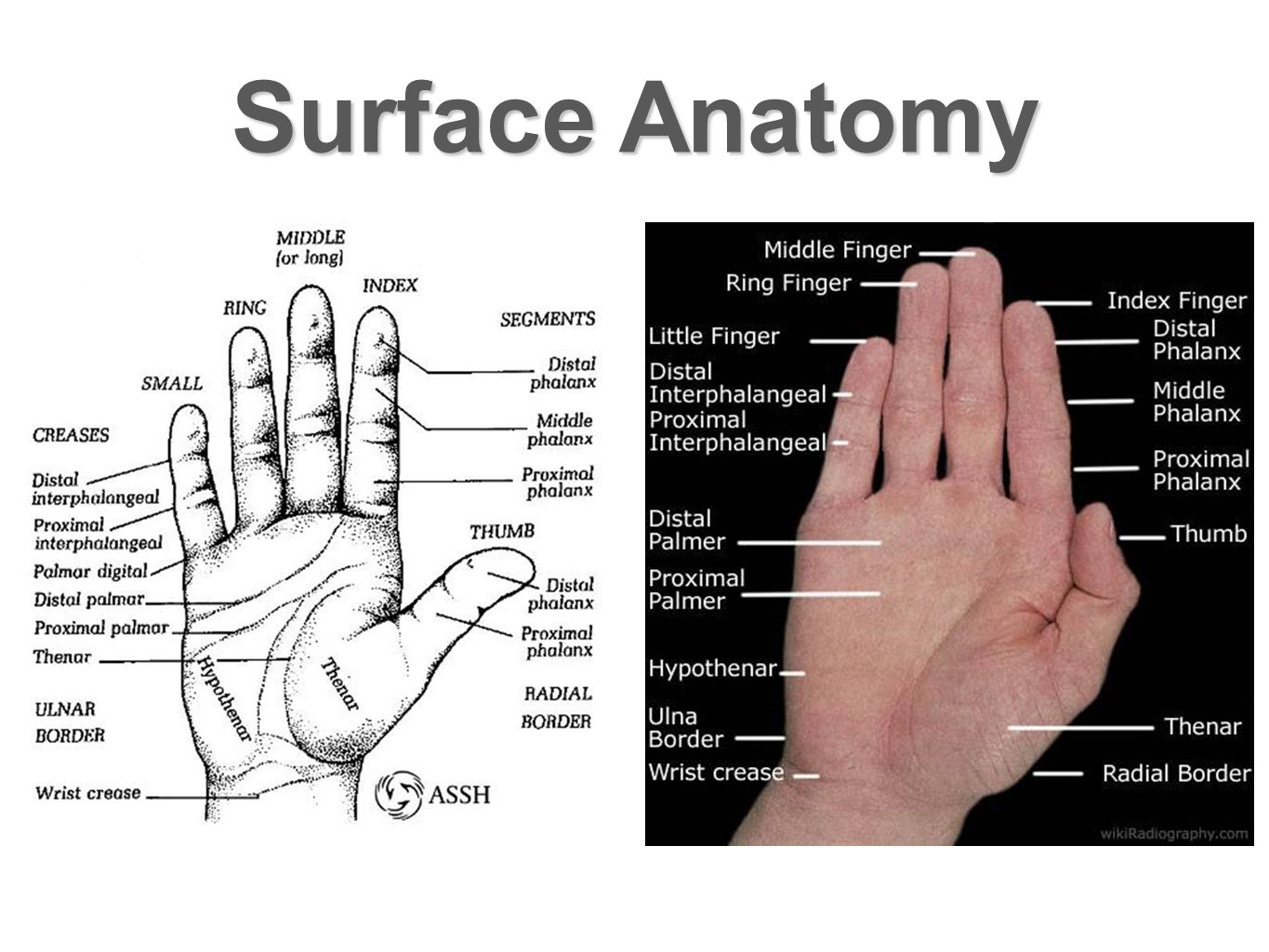
Grouped bars Grouped bars allow you to compare two or more items in the same categorical group.
Stacked bars When the bars are shown in a stack, it is easier to compare totals across months. Stripes shown in a stack combine stripes from different groups, stacked one on top of the other, with the total height of the resulting stripe representing the combined result.
The bar chart can be displayed horizontally or vertically, as shown in the example below.
When to use it
Grouping and stacking bars make it easier to visualize grouped data. A bar chart is also useful when comparing values at the same time, such as sales versus forecast for different years, or when calculating measures (in this case sales and forecast) using the same unit.
Benefits The bar chart is easy to read and understand. The bar chart provides a good overview of the values.
Disadvantages The bar chart does not work well with many dimension values due to the axis length limitation. If the measurements do not fit, you can use the scroll bar, but in this case you will not get an overview of the full picture.
Display limitations
Display of a large number of measurement values
When the number of dimension values exceeds the width of the visualization, a minichart with a scroll bar is displayed. You can scroll using the scroll bar on the minichart or, depending on your device, using the scroll wheel or two-finger swipe. If a large number of values are used, the minichart no longer displays all the values. Instead, the compressed version of the minichart (items in grey) displays an overview of the values, but the highest and lowest values are visible.
Tip Note You can replace the mini chart with a normal scroll bar or hide it using the Scrollbar property.
Displaying out-of-range values
On the property bar, under Appearance, you can select a limit for the range of the measure axis. Without a limit, the range will automatically include the highest positive value and the lowest negative value, but if you set a limit, you can get values that exceed the limit. A bar that exceeds this limit will be cut diagonally to indicate that values are out of range.
If the reference line is out of range, an arrow is displayed along with the number of out of range reference lines.
Displaying large amounts of data in a bar chart with stacked values
Sometimes when displaying large amounts of data in a bar chart with stacked values, not all dimension values within a bar are displayed with the correct color and size. These values are displayed as a gray area with stripes. The size and total value of the band will be correct, but not all measurement values within the band will be explicit.
You can either make a selection or use the measurement limits option on the property bar to eliminate gray areas.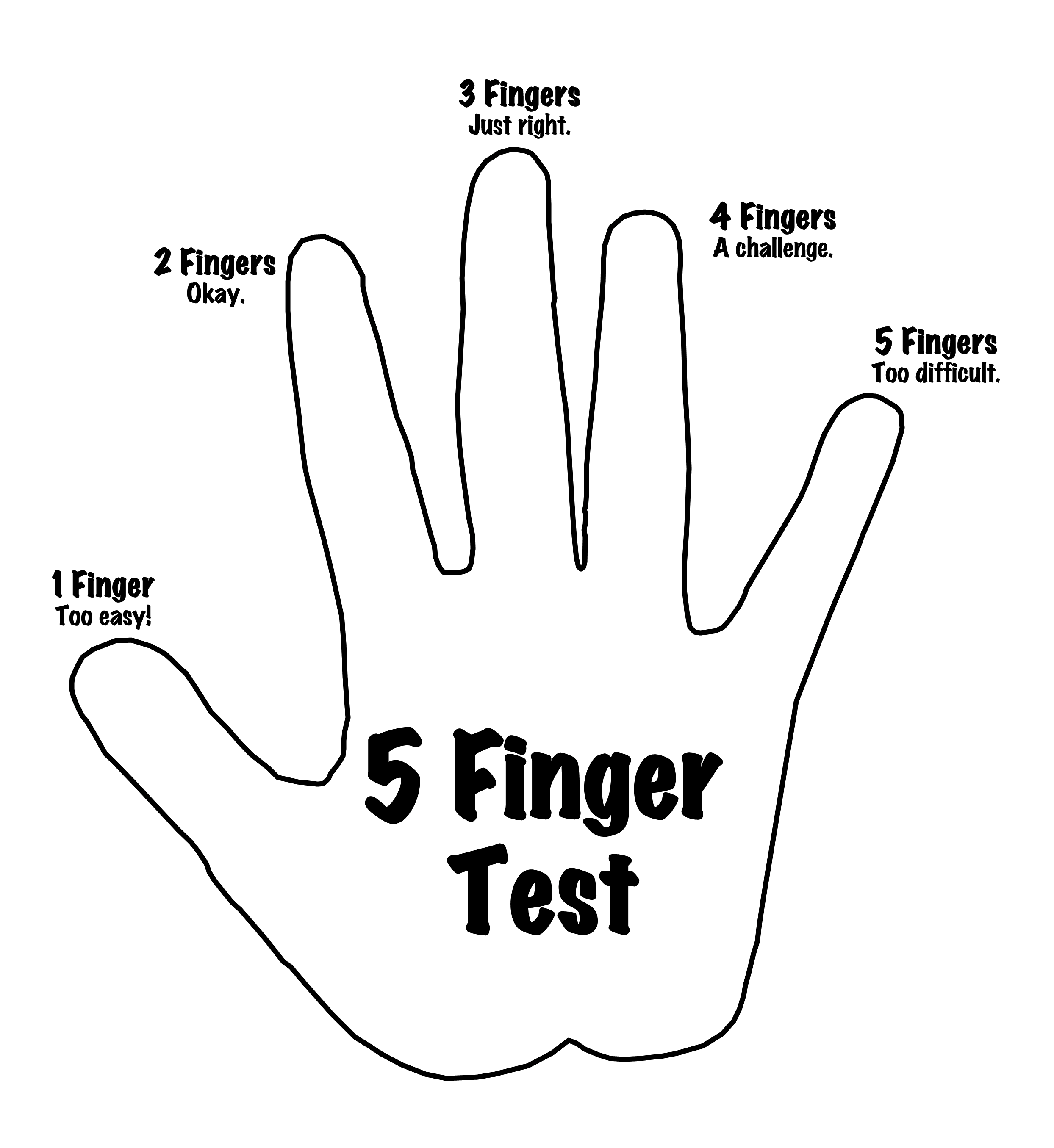
The total number of stacked bars that appear without gray areas is approximately 5000 bars, assuming that each bar consists of 10 internal measurement values plus one measurement value and one measure value for the entire bar.
The initial data load is 500 dimension values or stacked dimensions. (The value of 500 refers to the outer dimension values, not to each dimension value in the stack.) As you scroll through a list of 500 values, an incremental load is performed: the values are loaded based on the current view or scroll position.
Displaying large amounts of data in a bar chart with continuous scaling
If the bar chart uses continuous scaling, a maximum of 2000 chart points will be displayed. If the number of chart points exceeds this value, the remaining points are not displayed and are not included in the chart selections. Also, for the second dimension, a chart with two dimensions and continuous scaling only displays twelve dimension values.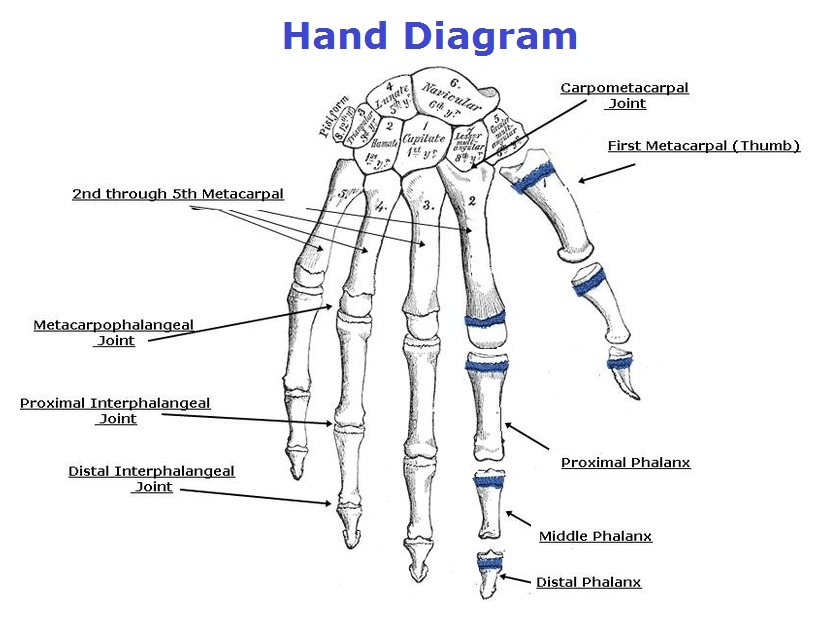
To avoid displaying limited datasets, you can either make a selection or use the measurement limits option on the property bar.
Read more
Create bar charts Create bar charts
- How to interpret bar charts
RELATED LEARNING MATERIALS:
- How to interpret bar charts
How to read chord diagrams | Serenada
guitar school
Glushchenko Sergiy
Often the first steps in mastering the guitar begin, no matter how strange it sounds, with chords. Once upon a time, when there was no Internet yet and social distance was closer. People gathered in courtyards, socializing, exchanging news, telling jokes and sharing ideas. In those days, there was a tradition to play the guitar with friends and acquaintances, very unforgettable impressions of such gatherings, when the team in chorus, pleasantly sings here or another song. Naturally, after a couple of dozen songs, there were people who, after a gathering, wanted to learn from the experience and learn to play the guitar. At that time, for many, training began with the masters of courtyard songs, and the latter were taught to take the first chords.
In those days, there was a tradition to play the guitar with friends and acquaintances, very unforgettable impressions of such gatherings, when the team in chorus, pleasantly sings here or another song. Naturally, after a couple of dozen songs, there were people who, after a gathering, wanted to learn from the experience and learn to play the guitar. At that time, for many, training began with the masters of courtyard songs, and the latter were taught to take the first chords.
With the advent of the Internet, everything has changed dramatically, social distances have moved away, and the guitar has become a hobby that also warms the soul, as before, but the masters of yard songs have been replaced by thematic sites, forums and songbooks. On such sites you can often find musical terminology and it is not always possible to understand what is written. Especially when it comes to chords or notes. Today I’m going to tell you how to read a guitar chart, a chart in which the chord fingerings are written.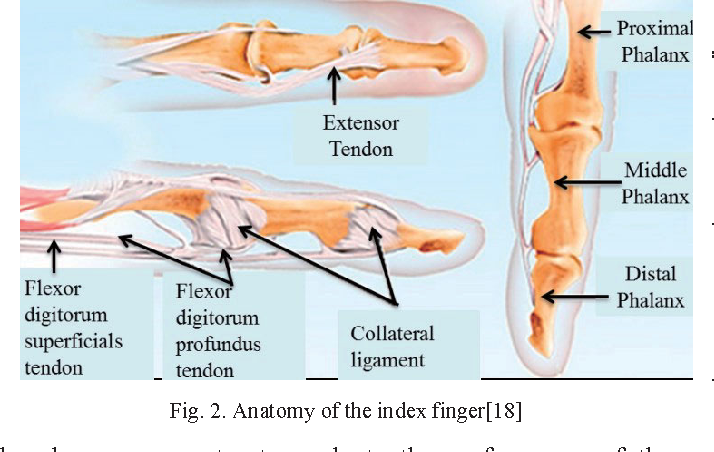
Fingering is the arrangement and alternation of fingers when playing a musical instrument, as well as indicating fingers in notes using numbers or letters, depending on the specific instrument.
Empty Chord Grid
To record chords, guitarists use chord fingering grids, below is an empty grid.
This is a visualization of the part of the neck, it needs to be understood, let’s figure out how to read a clean diagram.
- The thick horizontal line is the beginning of the fretboard (nut)
- Thin horizontal lines are frets
- Vertical lines are strings
- Strings are counted from right to left (6 – 5 – 4 – 3 – 2 – 1)
Empty blank guitar charts are used for recording chords, for example when learning from a guitar teacher, this is convenient and optimizes the learning process.
Chord grid vertical position
Let’s take a look at the guitar diagram in action.
Example 1.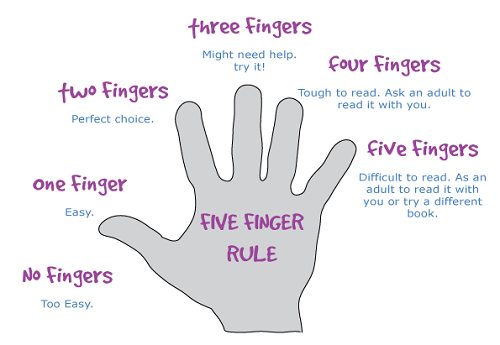 Guitar diagram of an E major chord, vertical strings.
Guitar diagram of an E major chord, vertical strings.
Letter notation of a chord – E.
If you forgot the letter notation, immediately read the article: How to read chord names
- Circles (not painted dots) are open strings
- Black dots are pressed strings.
Recording parsing, right to left.
- First string – opening.
- The second string is open.
- Third string – first fret clamped.
- Fourth string – second fret clamped.
- Fifth string – second fret clamped.
- The sixth string is open.
Chord Grid Horizontal
Example 2. E-Major Guitar Chart, Strings Horizontal.
Letter chord notation – E.
Record parsing, right to left.
- Strings are counted from top to bottom (1 – 2 – 3 – 4 – 5 – 6)
- Circles (not painted dots) are open strings
- Black dots are pressed strings.


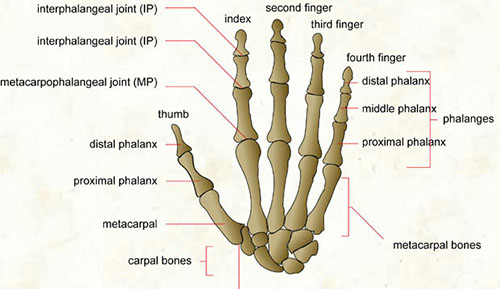 The thumb possesses a unique and wide range of…
The thumb possesses a unique and wide range of… We’ll go over its different openings and functions before exploring the…
We’ll go over its different openings and functions before exploring the…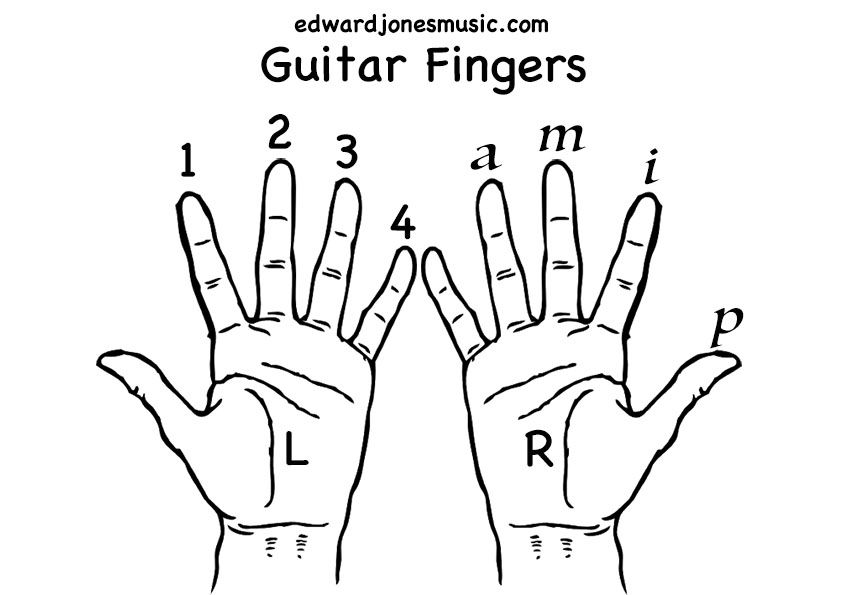 The…
The…